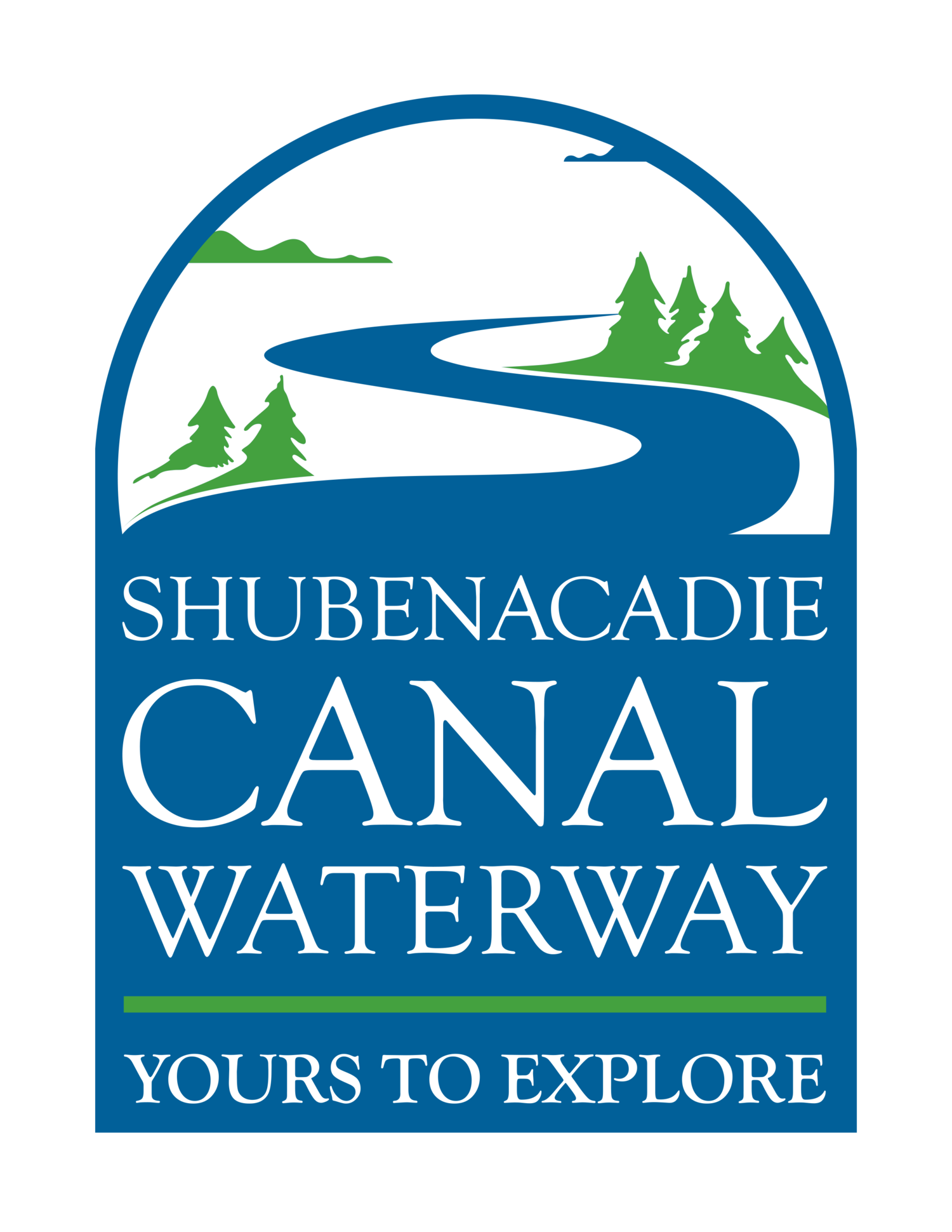HALIFAX MONTHLY.
MAY, 1831
The increase in population which the canal work produced in Dartmouth, has occasioned a new settlement about a quarter of a mile from the water. This consists of about 40 huts and houses, raised, for the greater part, by the canal labourers employed at the canal; and called by some “Canal Town” and by others “Irishtown”, because the majority of persons who own little buildings are natives of Ireland.
Irishtown affords a curious specimen of the first steps of civilization in a new century. The log houses and little enclosures are very rude, the stumps of trees which form them stand all around, and in small openings in the brush, scraps of gardens appear.
The settlement also exhibits many primitive features of Irish rural life. On summer evenings the groups reclining about the doors show their proper quota of flaxen haired chubby-cheeked youngsters, while from one or two taverns of the village, the labours of the day are not sufficient to bow the everlasting mind or to prevent zeal for the evening exercise and pleasure.
The last houses of Irishtown are within about a stone’s throw of the “church with the steeple”; and the first houses of Dartmouth are within a stone’s throw at the other side of the church, so a junction may be formed and Irishtown becomes a suburb of its older neighbour.
Above is an example of an Irish hut. It is believed that this is the type of dwelling that the canal workers would have lived in during this time.





